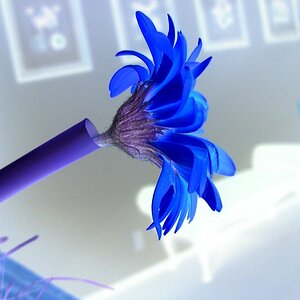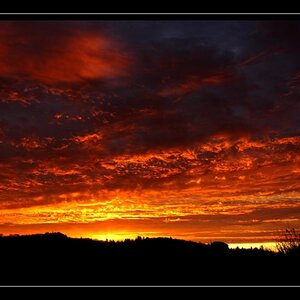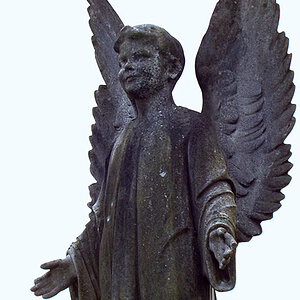Oliequeen
TPF Noob!
- Joined
- Jan 18, 2017
- Messages
- 7
- Reaction score
- 1
- Can others edit my Photos
- Photos OK to edit
Hello! I'm a beginner in photography. I was really attracted by the night sky pictures.
I want to buy a new camera for night sky shooting and I want suggestions for a low budget one as I'm still a beginner!
Thank you !
I want to buy a new camera for night sky shooting and I want suggestions for a low budget one as I'm still a beginner!
Thank you !


 . But i believe i'll find a solution! Thank you again!
. But i believe i'll find a solution! Thank you again! . That was a fair deal!
. That was a fair deal!![[No title]](/data/xfmg/thumbnail/30/30996-79ed44b1137a7c3ab5b0a1146b111238.jpg?1619734559)
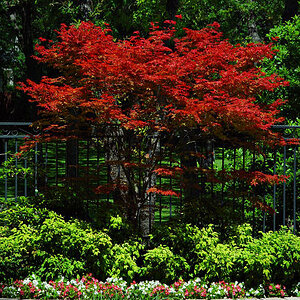
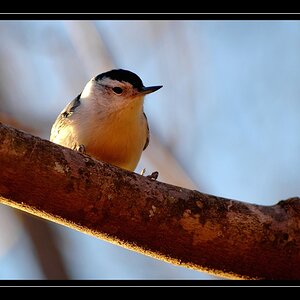
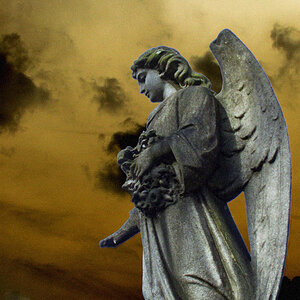
![[No title]](/data/xfmg/thumbnail/30/30993-7c6dca4375064e92f2ea6cbfabf9b59e.jpg?1619734556)

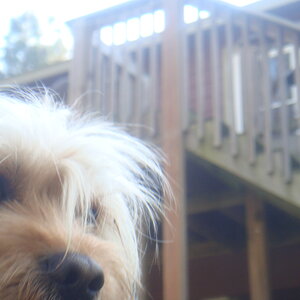
![[No title]](/data/xfmg/thumbnail/40/40294-85063966547e41d91fa4fcc007f0896c.jpg?1619739410)
